The "Marriage of the Virgin" is an oil painting by Raphael dated 1504. Raphael was living in Umbria, where three years earlier he’d finished his apprenticeship with Perugino, and was about to move to Florence, at the time the capital of Italian art. The art scene in Perugia was dominated by Perugino who was both an artist and a shrewd businessman. Raphael had to struggle to become both stylistically and commercially independent. His first works were for the Church of the neighboring town of Città di Castello. One of these was The Marriage of the Virgin, commissioned by the Albizzini family. The theme of Joseph and Mary’s wedding is taken from a previous work by Perugino. The priest, bride and groom are in the foreground. Elegant young women stand on one side, disappointed suitors on the other.
But there are enormous differences between the two paintings. Raphael inverted the position of the men and women.
The slightly turned faces and natural gestures make the scene harmoniously dynamic, surpassing the static positions of his master’s characters.In Perugino’s version, the temple is octagonal, with an entrance on each of the four main sides. The top of cupola is left out of the scene. Raphael, on the other hand, includes the cupola in the painting, following the rounded shape of the wooden board. He increases the number of facades of the temple, surrounding it with a colonnade in order to emphasize its circular shape. Perspective is enhanced: the lines drawn by the pavement slabs connect with the edges of the temple stairs, and all of them converge on its door. Raphael placed his signature on the architrave. The circle is the interpretative key to the painting, symbolizing the perfect harmony of the union between bride and groom. Circularity is expressed in a composition made of curved lines. The temple is no longer just the background of the painting, as it was in Perugino’s version, but takes on a three-dimensional nature, marking the center of the round square where the wedding is celebrated. The ring is the fulcrum of the scene: the eyes of all the characters are fixed on it, underlining its symbolic function.
The painting was taken from Città di Castello in 1798 and became property of the Lechi family. Three years later it was sold to Milanese collector Giacomo Sannazzari, who donated it to Milan’s Maggiore Hospital. In 1806 the painting was purchased by the Pinacoteca di Brera. In 1958. Raphael’s painting was damaged by a vandal who managed to break through the pane of glass protecting it. Today "The Marriage of the Virgin" is on display at the Pinacoteca di Brera in Milan.
But there are enormous differences between the two paintings. Raphael inverted the position of the men and women.
The slightly turned faces and natural gestures make the scene harmoniously dynamic, surpassing the static positions of his master’s characters.In Perugino’s version, the temple is octagonal, with an entrance on each of the four main sides. The top of cupola is left out of the scene. Raphael, on the other hand, includes the cupola in the painting, following the rounded shape of the wooden board. He increases the number of facades of the temple, surrounding it with a colonnade in order to emphasize its circular shape. Perspective is enhanced: the lines drawn by the pavement slabs connect with the edges of the temple stairs, and all of them converge on its door. Raphael placed his signature on the architrave. The circle is the interpretative key to the painting, symbolizing the perfect harmony of the union between bride and groom. Circularity is expressed in a composition made of curved lines. The temple is no longer just the background of the painting, as it was in Perugino’s version, but takes on a three-dimensional nature, marking the center of the round square where the wedding is celebrated. The ring is the fulcrum of the scene: the eyes of all the characters are fixed on it, underlining its symbolic function.
The painting was taken from Città di Castello in 1798 and became property of the Lechi family. Three years later it was sold to Milanese collector Giacomo Sannazzari, who donated it to Milan’s Maggiore Hospital. In 1806 the painting was purchased by the Pinacoteca di Brera. In 1958. Raphael’s painting was damaged by a vandal who managed to break through the pane of glass protecting it. Today "The Marriage of the Virgin" is on display at the Pinacoteca di Brera in Milan.
RELATED


ST. PETER'S BALDACHIN
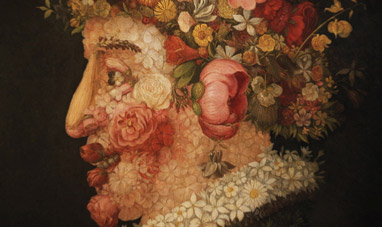

MANNERISM


LOVE SONG
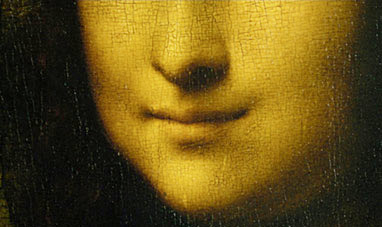

THE MONA LISA


DAVID (MICHELANGELO)
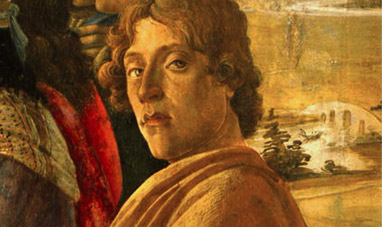

SANDRO BOTTICELLI
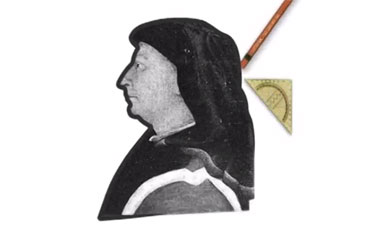

FILIPPO BRUNELLESCHI


MADONNA OF THE GOLDFINCH
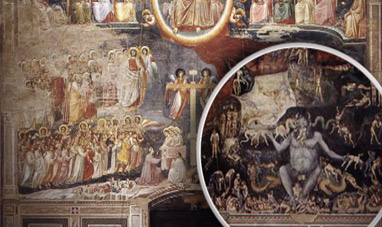

SCROVEGNI CHAPEL
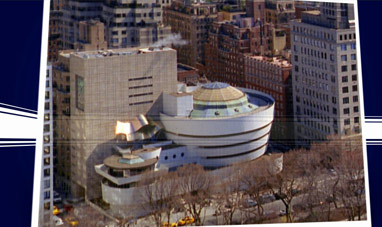

SOLOMON R. GUGGENHEIM MUSEUM
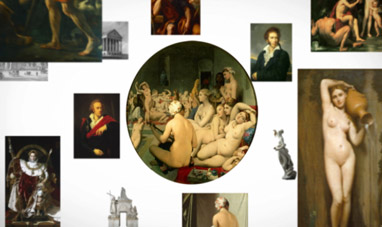

NEOCLASSICISM


LADY WITH AN ERMINE


ROMANTICISM
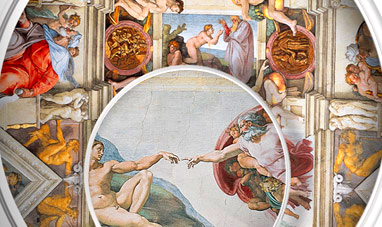

THE SISTINE CHAPEL
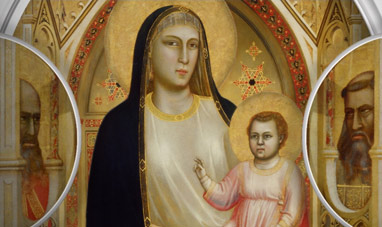

THE MADONNA DI OGNISSANTI
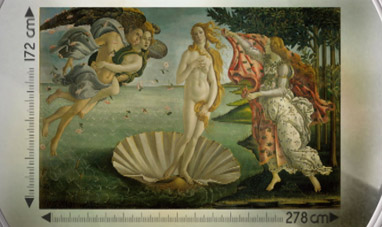

THE BIRTH OF VENUS


WATER LILIES (SERIES)


THE ECSTASY OF SAINT TERESA
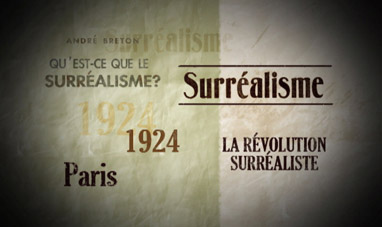

SURREALISM


STARRY NIGHT
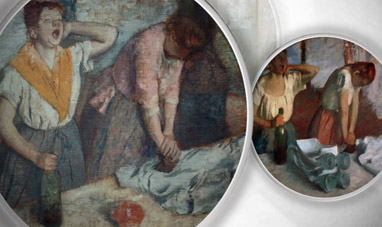

WOMEN IRONING
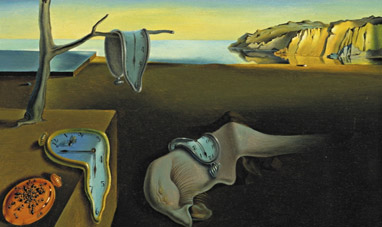

THE PERSISTENCE OF MEMORY
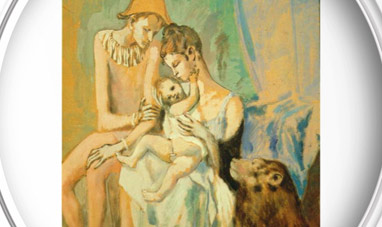

FAMILY OF ACROBATS, WITH MONKEY


MICHELANGELO BUONARROTI
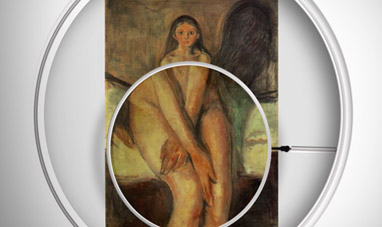

PUBERTY
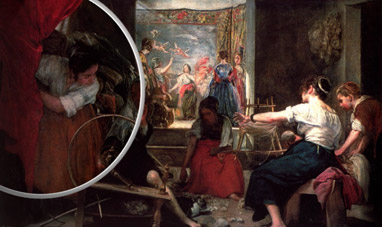

LAS HILANDERAS


BAROQUE


INNOCENT X
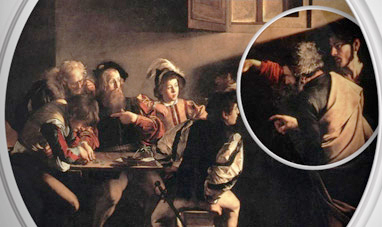

THE CALLING OF ST. MATTHEW
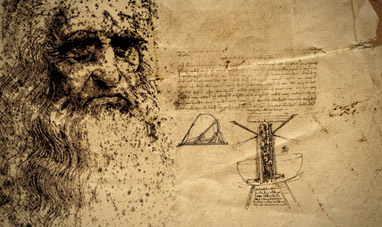

LEONARDO DA VINCI


DREAM CAUSED BY THE FLIGHT OF A BEE AROUND A...
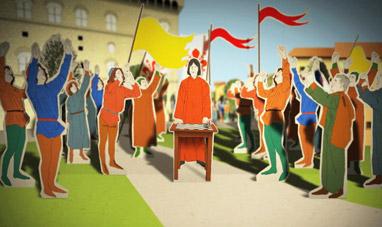

LORENZO DE' MEDICI
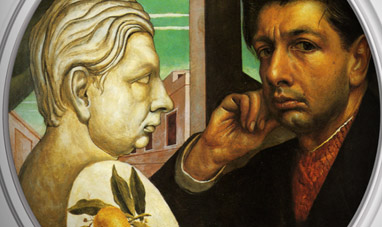

SELF PORTRAIT (GIORGIO DE CHIRICO)
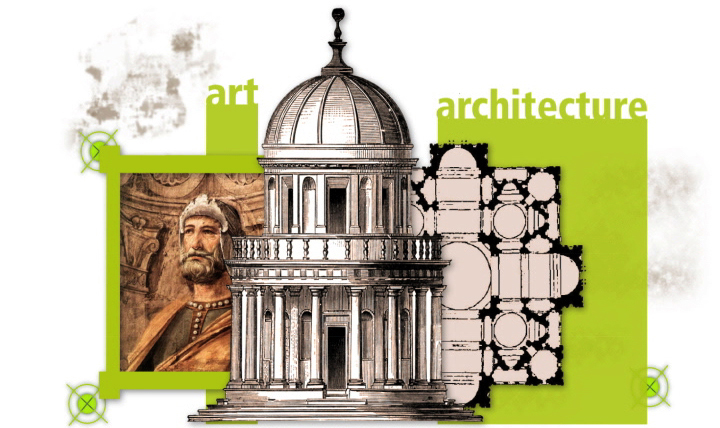

DONATO BRAMANTE
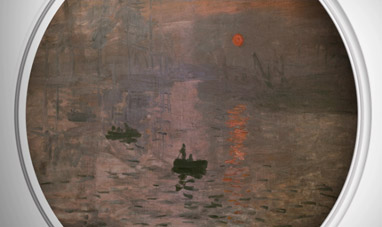

IMPRESSION, SUNRISE
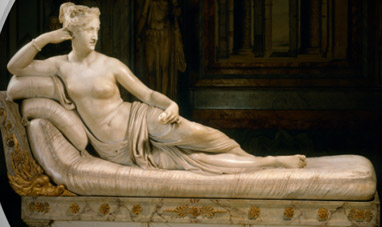

PAULINE BORGHESE
